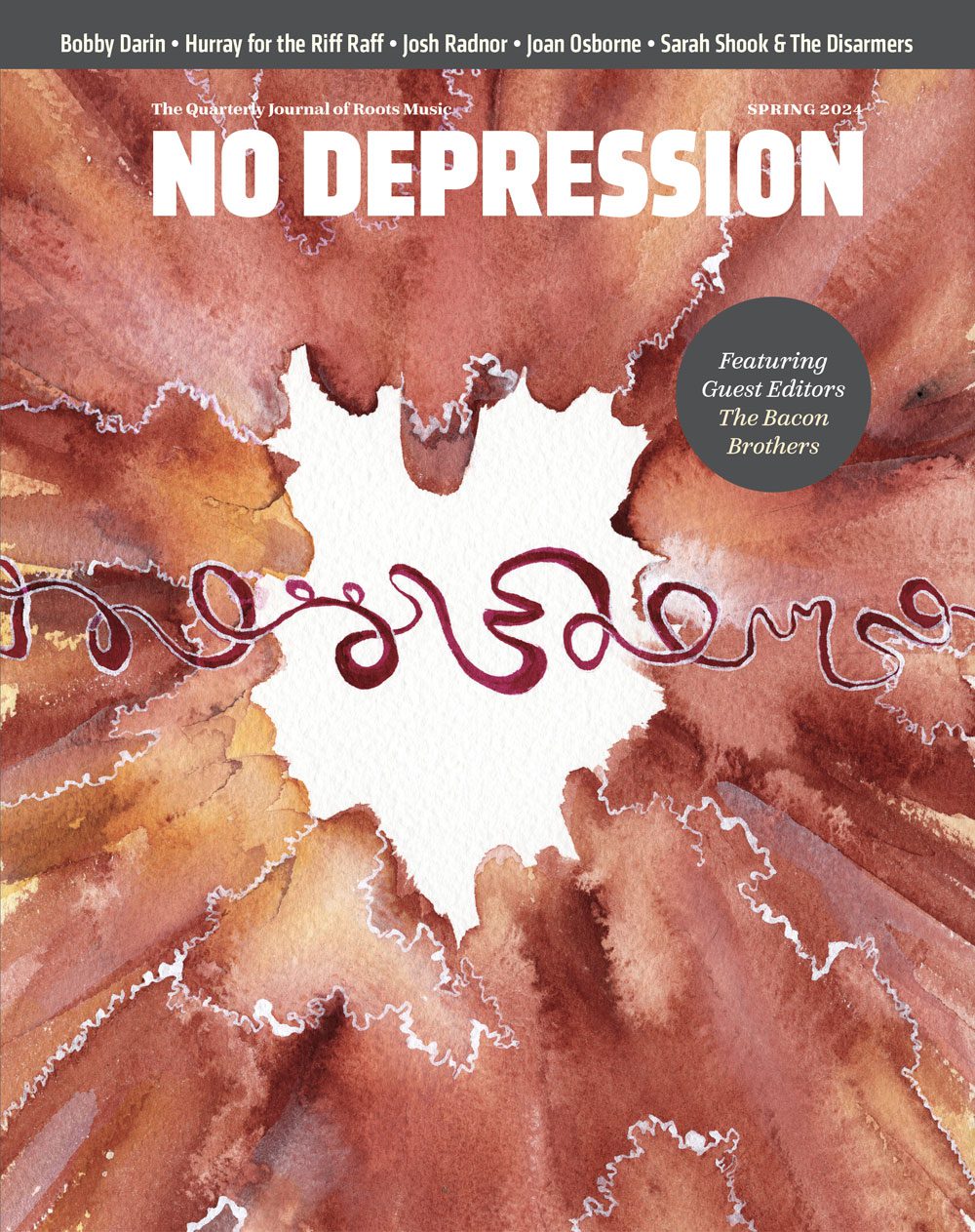Review: Ain’t No Grave- The Life and Legacy of Brother Claude Ely
I don’t recall whether or not I’ve mentioned this here before, but my father is an ordained minister. I can remember spending countless days at one church or another all over southern Ohio or northern Kentucky where he was evangelizing and occasionally pastoring. I grew up in that sort of environment: where men and women gathered to serve their God and lift one another up. Even now, I consider the music of the church, when done from the heart, to be the purest and most emotional form of American music. It’s music that is honest, passionate, joyful, and true, performed not with the intent of showing off or gaining popularity, but simply worshiping and pleasing God. Whether you or a believer or not, one listen to guys like Rev. Louis Overstreet, Rev. Johnny L. Jones, or Brother Claude Ely will forever convince you that no other form of music is quite as soulful as old-time gospel.
Recollections of my upbringing in church flowed vigorously through my mind as I read the recently published Ain’t No Grave: The Life and Legacy of Brother Claude Ely, written by Ely’s great-nephew Macel Ely II and published by Dust-to-Digital, the Atlanta-based record label that continues to amaze me with every release.
Claude Ely was a Virginia-born coal miner, singer, songwriter, and minister who many scholars consider to be a major forerunner to rockabilly (he counted Elvis Presley, Johnny Cash, and Sleepy LaBeef among his fans) and whose most famous composition, “There Ain’t No Grave Gonna Hold My Body Down,” has been recorded by countless artists over the past 60 years. But even though Ely recorded for the legendary King Records, one of the premiere R&B and country labels of the era, neither those recordings nor his later albums on his own Jewel label are a primary focus of the book. Instead the author deals with Ely’s life, his family, and the countless people who he touched over the years with his ministry.
Drawing from thousands of interviews with “old timers” in the Appalachian region, the author thoroughly discusses the Pentecostal church of the time and how they were sometimes looked down upon as stereotypical “Holy Rollers” by more “sophisticated” denominations. According to the author, the personality and talent of Brother Claude Ely and his exposure through recordings, radio appearances, and tent revivals all over the country helped bring a degree of respect and acceptance to the Pentecostal/Holiness movement.
In many ways, the music is a background player here, as the book describes at length Ely’s pastoring of several churches and his considerable influence on his congregations, an influence which still exists in some fashion to this day. For the author and for Ely himself, the music is not as important as the message it’s meant to convey. Although music was clearly a major part of Ely’s life from the time he wrote his signature song at the age of 6 to his death at the seat of a church organ in 1978, his values and ideals prevented him from becoming a bigger star. He refused to perform any secular material and, in a decision that led to his departure from King, wouldn’t take the lucrative job of opening for James Brown, choosing instead to travel around the country preaching the Word.
In the end, that one incident sums up the entire book and describes, in a nutshell, who Brother Claude Ely was. He was the type of man who refused to copyright his songs and always looked at the bright side when other (sometimes prominent) artists recorded them without acknowledging him. By his way of thinking, at least the message was being spread. In some ways this book is a celebration of the type of humble and caring folks who seem to be rapidly disappearing and is as much about mid-century Appalachia and the Pentecostal church as it is Brother Ely. If nothing else, this book awakens your curiosity and, like the best works of Peter Guralnick, makes you want to track down long out-of-print albums by the other forgotten artists discussed within the pages.
On the CD that accompanies the book, we hear none of Ely’s musical recordings (at least some of them are available elsewhere, although I hope that a label such as Dust-to-Digital would be interested in issuing his later work sometime in the future). Instead we hear songs written by Ely and songs he performed, as recorded at a Virginia church service in 1980. Also included is a track of Claude’s father Daniel testifying and a recording of Brother Ely himself in 1978, preaching a sermon entitled “Lingering Could Be Your Doom.”
With this book, Macel Ely has crafted a stunning tribute to his great uncle and brought a lost chapter of America’s musical and cultural history to the forefront. This is a book that I would highly recommend to anybody who has an interest in the roots of rock and roll.


